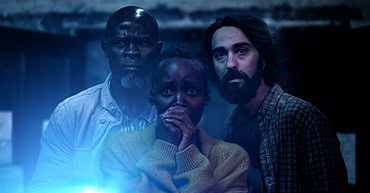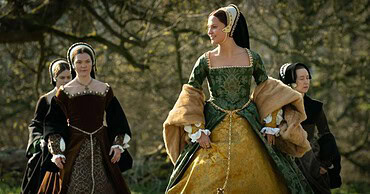Welcome to a tranquil exploration of the animated series ‘Tonari no Yōkai-san’ and its roots in the rich soil of classic lore. As we embark on this journey, let’s unravel the threads that connect this contemporary anime to the timeless tapestry of Japanese folklore.
Tonari no Yōkai-san series overview
‘Tonari no Yōkai-san’, set to premiere in April 2024, is a slice-of-life supernatural anime that captivates with its portrayal of a rural town where yokai, humans, and gods coexist in an everyday setting. At the heart of this narrative is Buchio, a twenty-year-old cat who experiences a mystical transformation into a mythological Nekomata. The series promises to be a blend of warmth, mystery, and the enchanting intricacies of living amongst various beings. 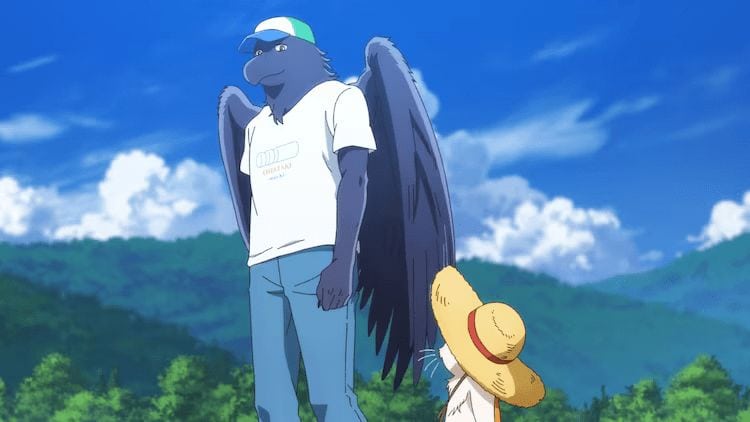
Yokai in Japanese folklore
Yokai are supernatural entities from Japanese folklore, often depicted as shape-shifting creatures born from nature. They range from malevolent to playful, meddling in human affairs in various ways. This duality captures our imagination and reflects cultural values. This chapter continues the discussion on yôkai in mass media, and explores the yôkai boom that occurred during the 1980s and 1990s,
showing their enduring appeal as nostalgic icons.
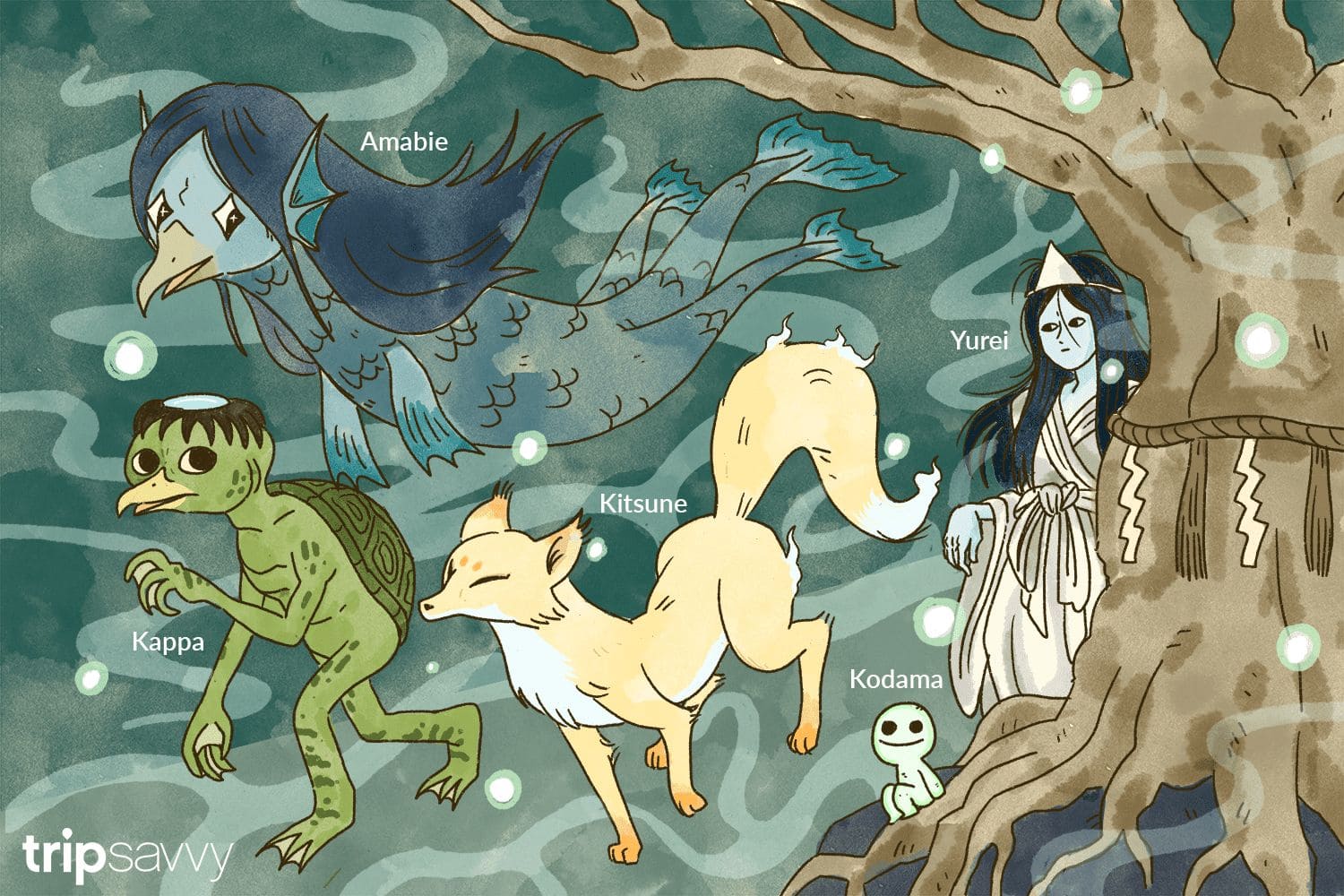
Character inspirations
The characters in ‘Tonari no Yōkai-san’ draw heavily from classical yokai lore. For instance, Buchio’s evolution into a Nekomata highlights the series’ connection to these mythical creatures. Another character, Yuri, transforms into a kitsune, further embodying the yokai essence within the narrative. Dalam cerita pertama manga ini, seekor kucing berusia 20 tahun bernama Buchio tiba-tiba berevolusi menjadi makhluk mitos Nekomata,
exemplifying this inspiration.
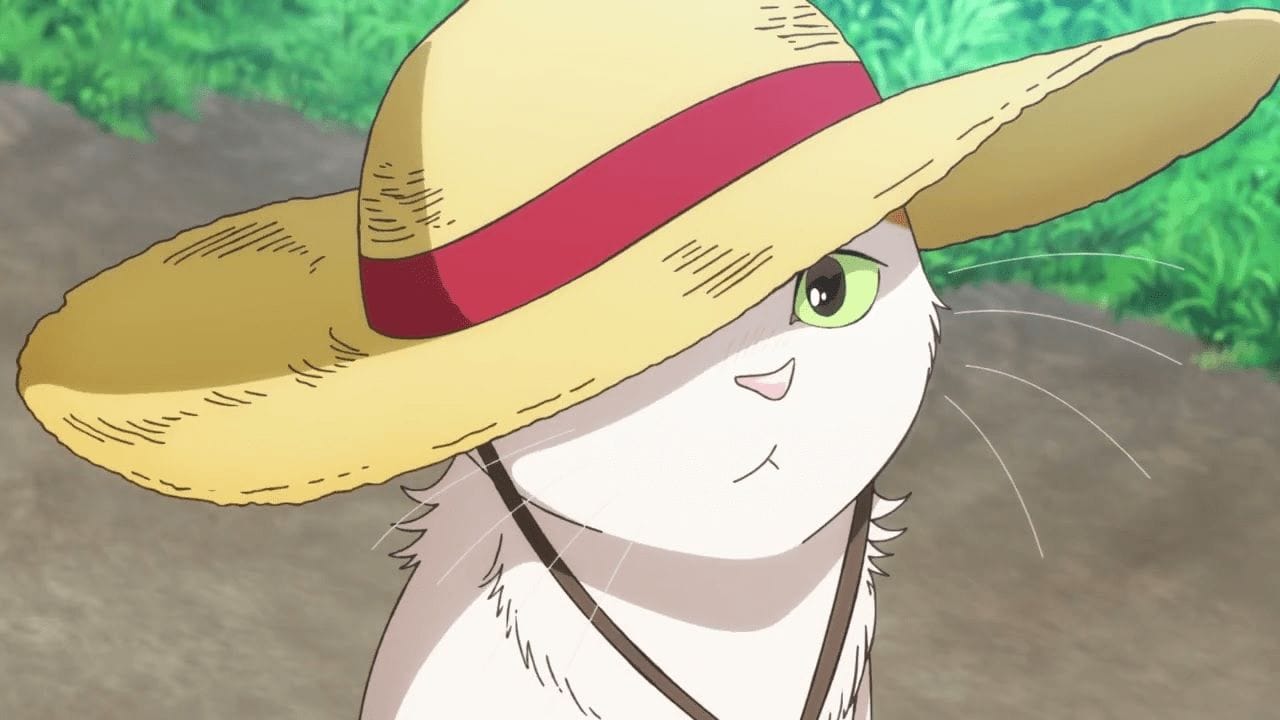
Thematic parallels
The themes of ‘Tonari no Yōkai-san’ echo those found in traditional folklore narratives. The series weaves tales of morality and coexistence with nature into its fabric. It mirrors narratives from eras like the Edo Period when yokai stories were popularized through art and illustrations. These themes remind us that while times change, the essence of storytelling often remains constant.
Storytelling techniques
The storytelling techniques used in ‘Tonari no Yōkai-san’ resonate with those found in classic folklore yet are adapted for modern audiences. The shift from oral traditions to visual media has transformed how these tales are told. As noted by some observers, Parents, teachers, pastors, elders, authors, and sages have been replaced as the primary storytellers by teams of Hollywood and video game scriptwriters,
marking a significant change in how we consume stories.
Cultural significance
The integration of classic lore into modern media like ‘Tonari no Yōkai-san’ holds great cultural significance. It bridges the past with the present, introducing a new generation to folklore through accessible formats. This not only preserves cultural heritage but also enriches contemporary storytelling with depth and historical context.
 Follow Us
Follow Us




